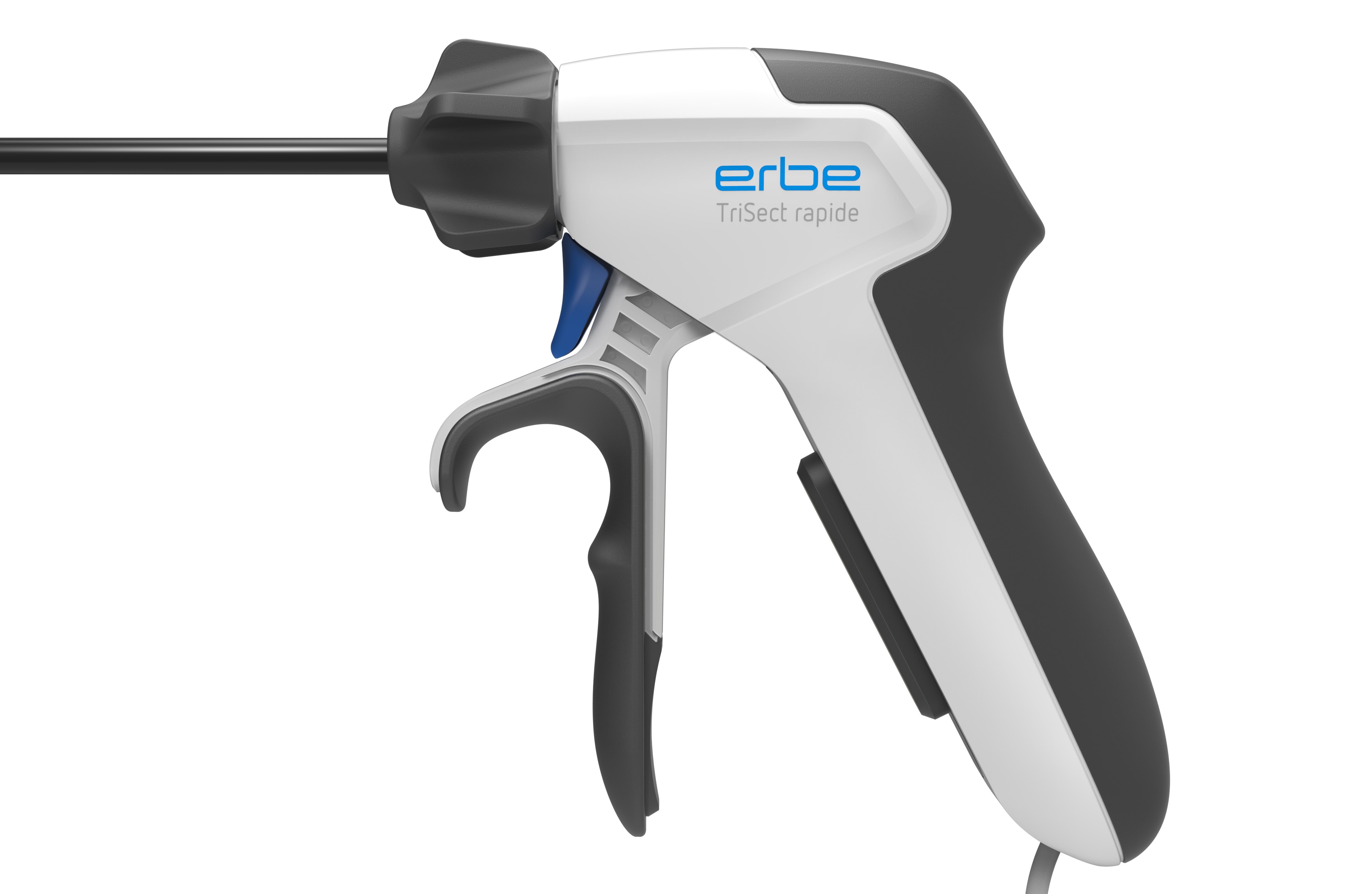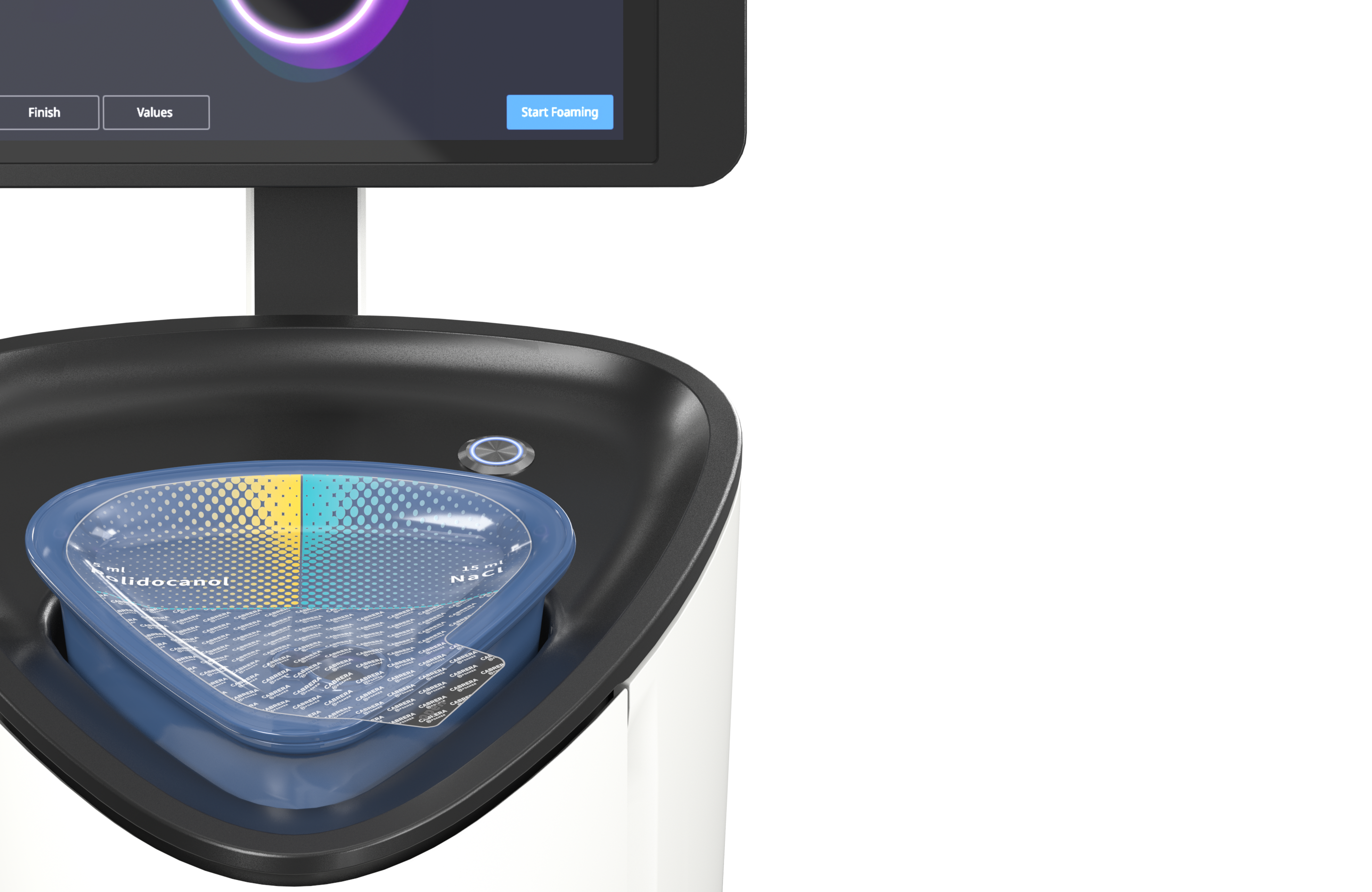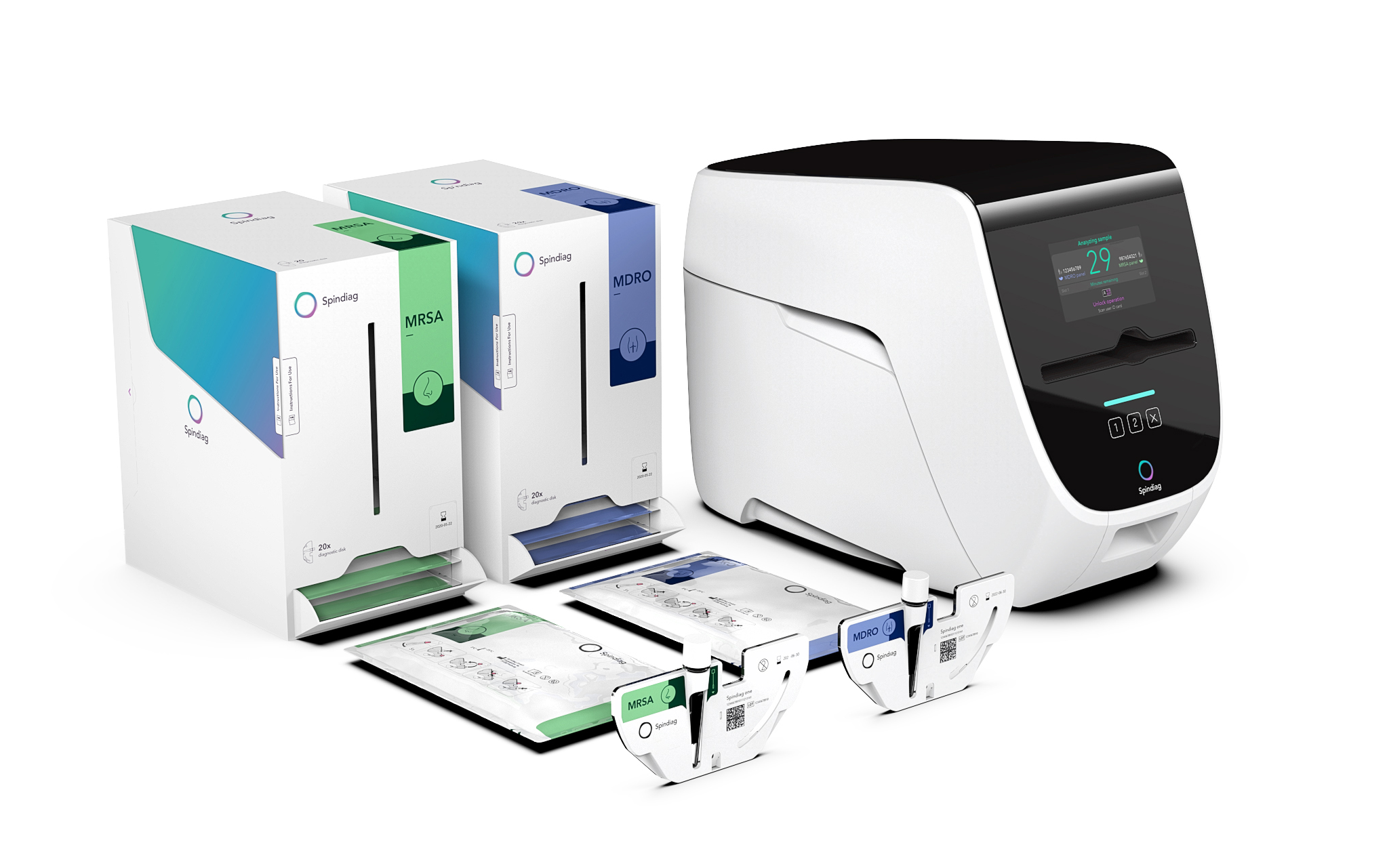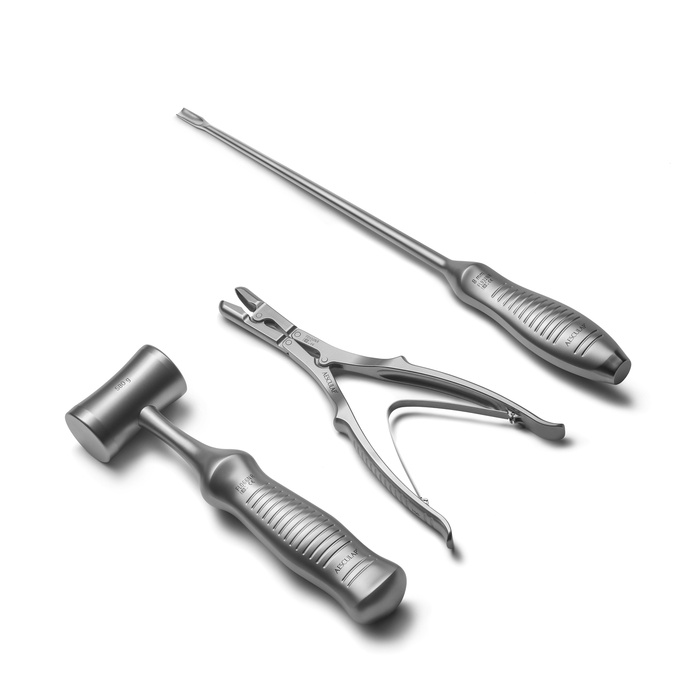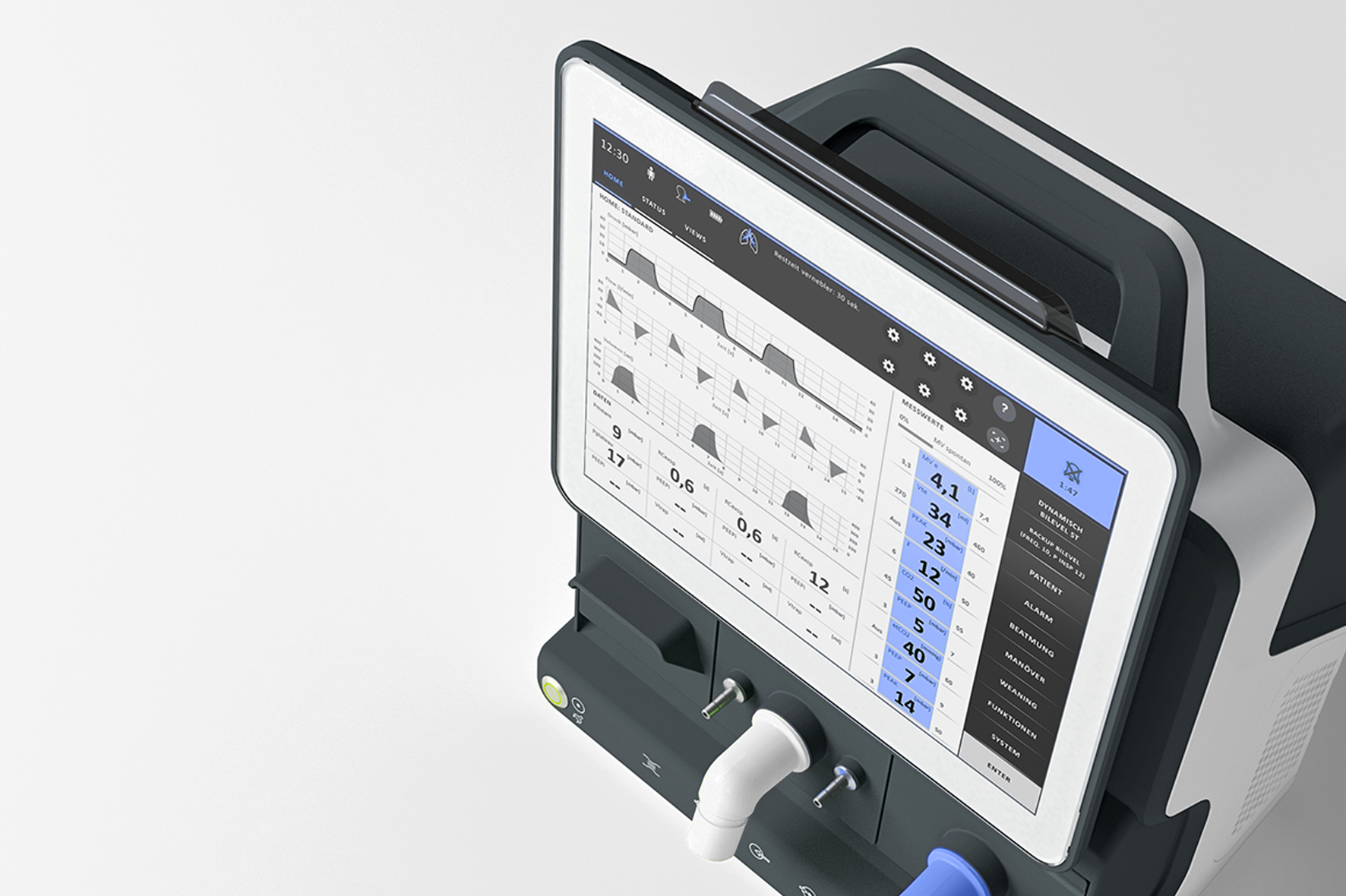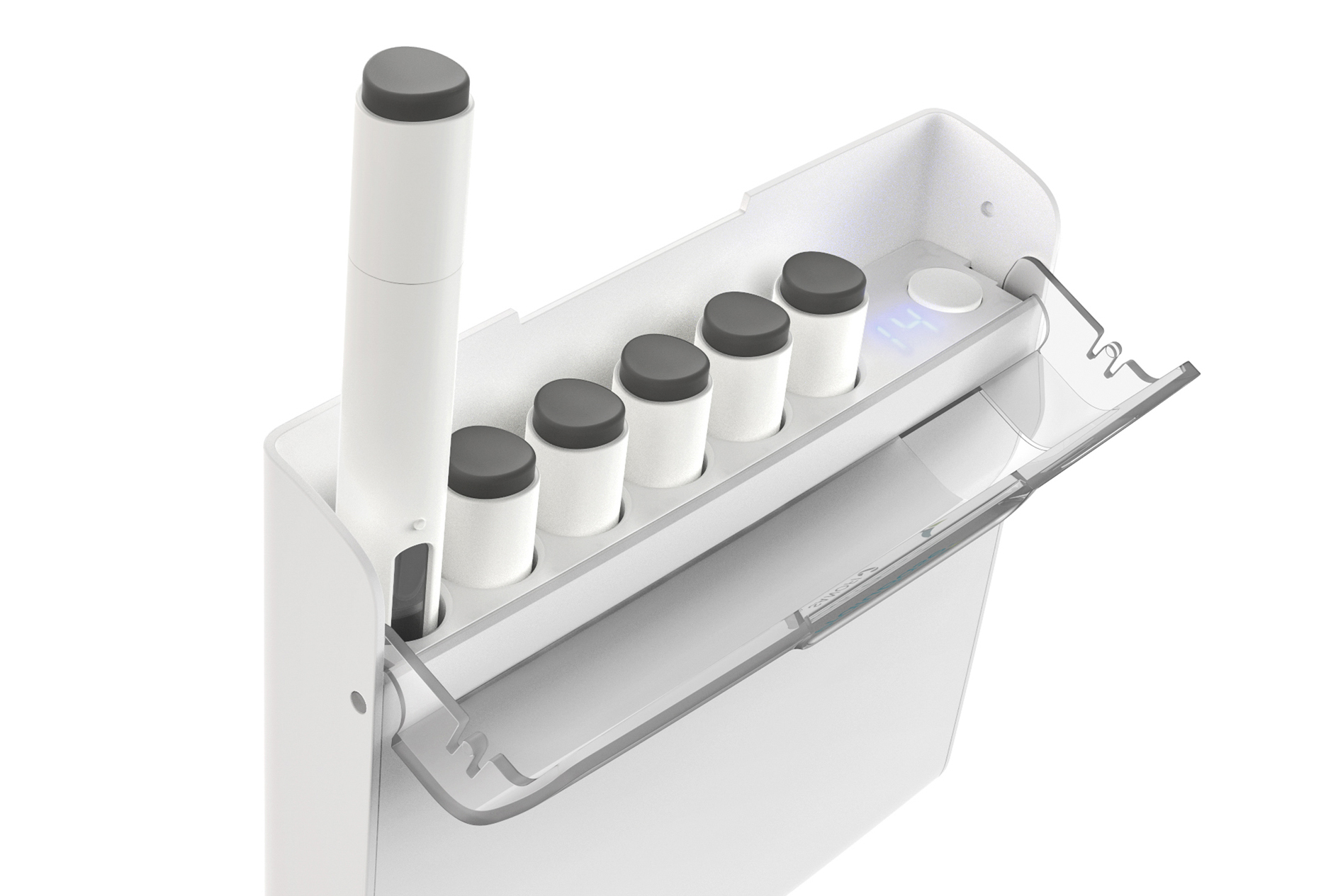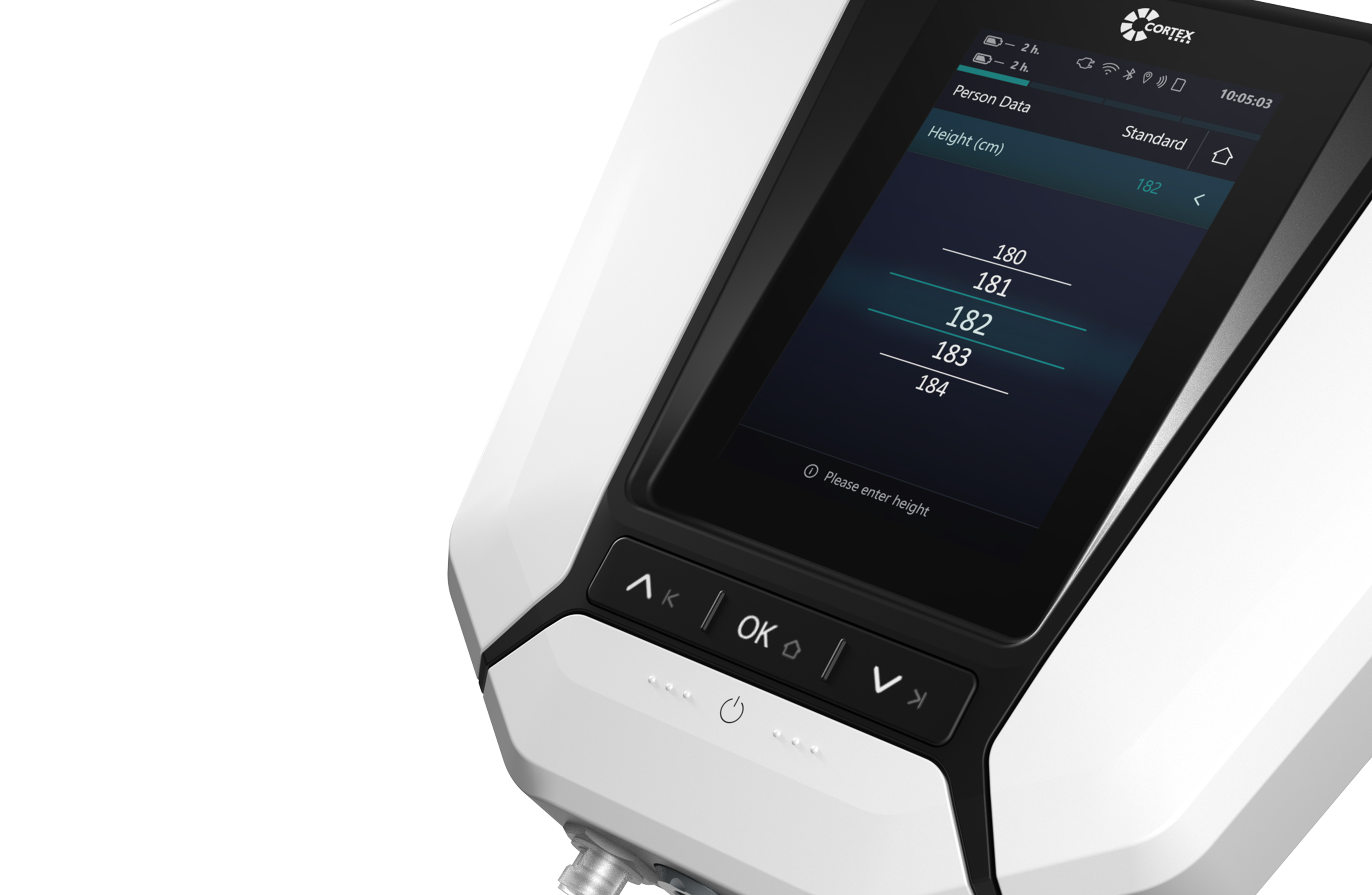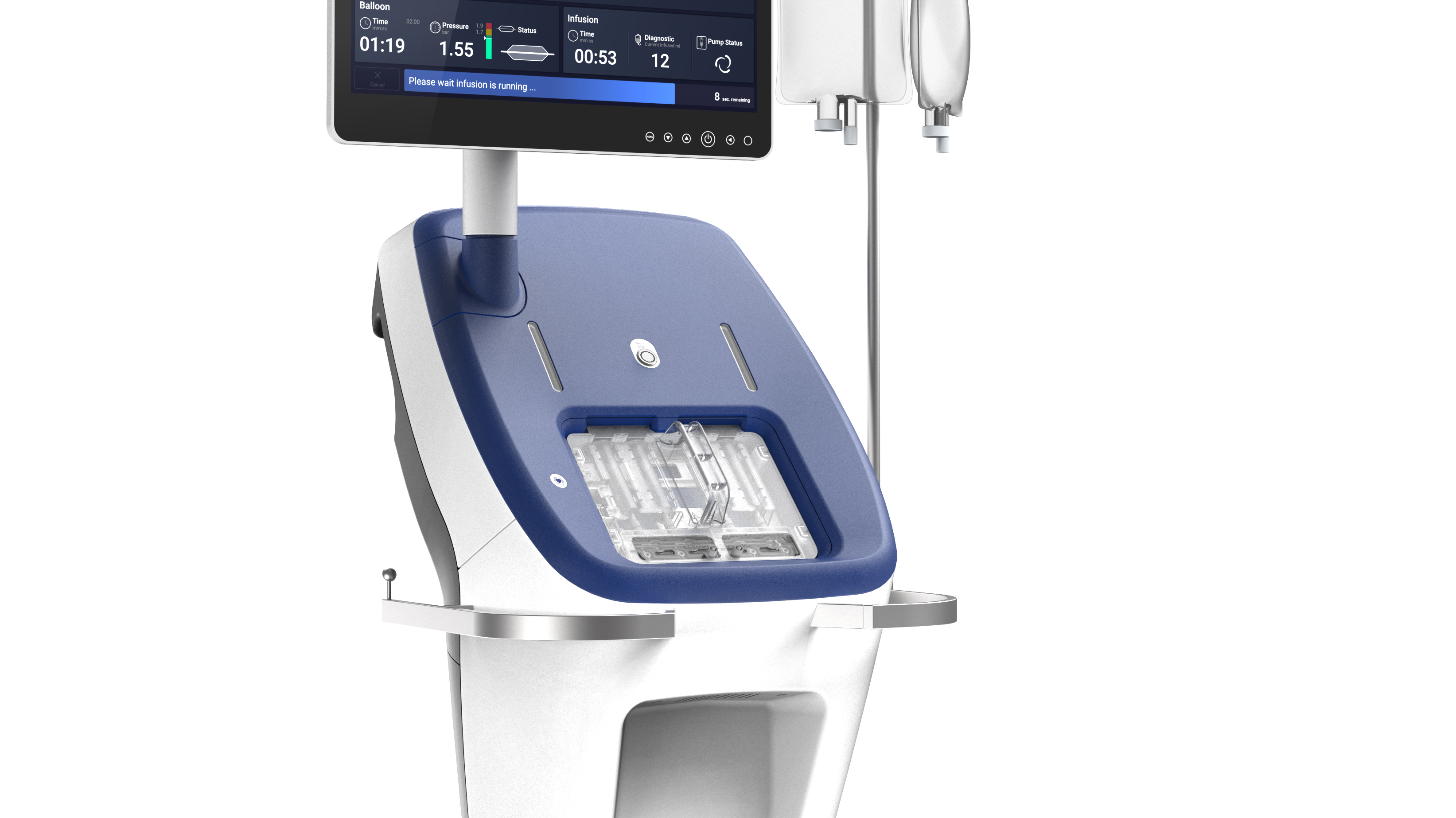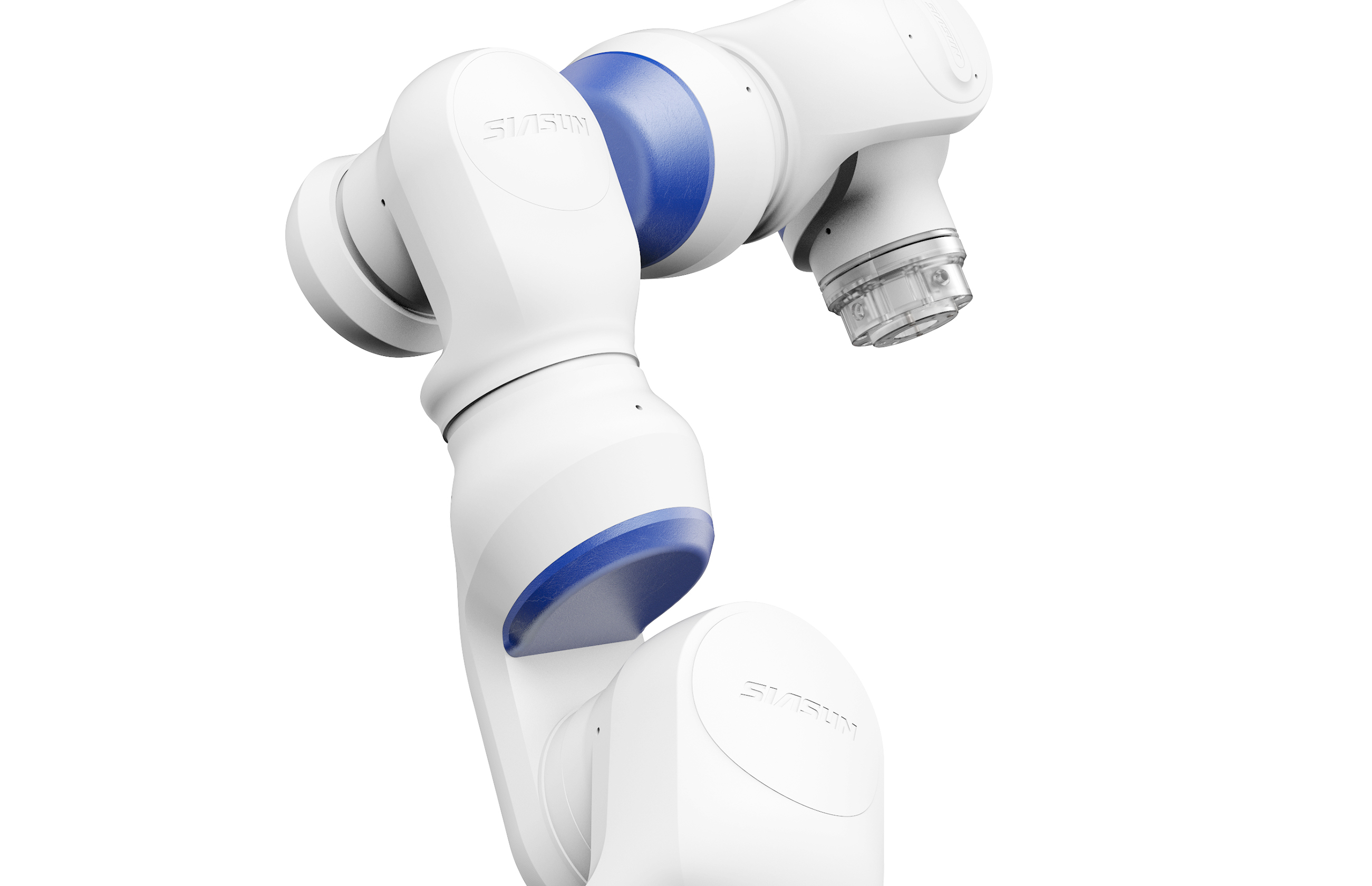Lithoz
Cerafab System - Modular 3D Printer for Advanced Ceramics and Bioresorbable Ceramics

The printing of complex and high-quality components, in any geometry and with materials suitable for series production, is one of the megatrends in manufacturing technology, which we have been observing for a few years now and actively supporting together with our partner the WILD Group. A good example of one of our developments in this area is the ceramic printer from LITHOZ.
The Austrian company LITHOZ is the leading technology provider in the field of additive manufacturing for advanced ceramics and bioresorbable ceramics and developed this new ceramic printer generation together with the WILD Group.
The design development of the printer including the operating unit began with the creation of a suitable machine concept. A total of 3 concepts were developed and validated. The result was a formally coherent housing design for a modular addition to the units, accompanied by an optimization of heat dissipation through cladding parts and an ergonomically optimized operation of the installation space doors.


As printed
Fast, precise and reliable. The CeraFab System Printer is a printer for the additive manufacturing of advanced ceramics and bioresorbable materials. The initial focus of the development was the design vision - it should exude a contemporary attitude while reflecting the industrial context of use. Driven by ergonomic research, a way was found for the printer to be easy to operate without fatigue: The work surfaces were adapted to an optimal working height and thus not only make operation significantly easier. In addition, this creates an unobstructed view of the process. This means that the process can also be monitored visually without any problems. The upward-swivelling installation area door allows access to the entire installation area and thus barrier-free access.
New features increase added value
The CeraFab system printer is particularly suitable for the (small) series production of 3D printed components in industry and research. Cascading enables exceptionally high productivity and thus printers can be coupled modularly. Printer control and printing are separated from each other. The control unit or a printing unit forms the beginning of each printer and then enables a maximum of threefold expansion to the left. The control unit is then able to divide the production between them. This creates a significant acceleration in production, minimizes the risk and creates more safety in processing operations.
Among other things, the 3D printer includes a database for storing and processing process data. This database enables seamless documentation of print jobs and machine monitoring in real-time. Thanks to the constantly growing data pool, a wealth of variation possibilities for problem solutions on the component can be run through in the shortest possible time.

Resonance
The product launch at Formnext 2019 in Frankfurt am Main, Germany, confirmed the intended impact of the new printer with a terrific visitor response. We are proud to have played a part in a milestone development in additive manufacturing.

"WILD (group) and WILD (design) like to get along. Ceramic printing - next level. Adding value with trim parts that optimize ergonomics and heat dissipation."
Your contact person for the project
Sven Dörhage
Head of Office Magdeburg
+49-(0)391 - 243 05 718
sven.doerhage@wilddesign.de
.jpg)
